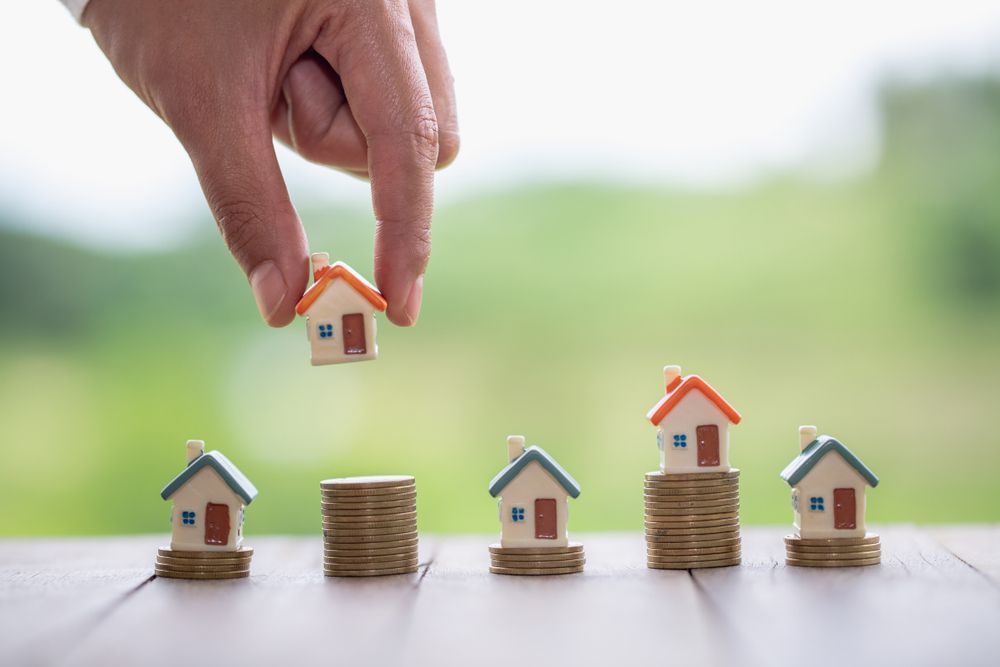How do you assess the potential of undervalued properties for sale?
The best real estate investment strategy is to buy an undervalued property that has unrealized potential. Identifying properties with upsides and assessing their opportunities requires thorough research. A property may lack value if its listing price is considerably lower than recent sales of similar homes in the same area. Compare square footage, beds, lot size, and condition. Flag listings are well below the average sales price per square foot for the neighborhood. This reveals a potential value mismatch.
Consider nearby investment
Note new developments or significant investments happening near the undervalued property. Nearby investments like a city revitalization project, new attractive businesses, or a hospital boost demand, rents, and Real Estate in Phangan values in the future. It makes the property more promising. Properties dated in their finishings or layouts often sell below potential value. Tour the property with an eye for renovation opportunities through upgrades like remodeling kitchens/bathrooms, removing walls, replacing flooring, adding bedrooms, improving flow, or modernizing. Upgrading an undervalued property boosts rents and resale value.
Review permits and zoning
Check municipal property records to see if any permits have been pulled or work has been done on the property recently. Also, confirm no zoning violations exist. Ensure you can legally execute your renovation vision or expand the property as planned through additions, ADUs, etc. based on permits and zoning. Crunch the numbers to project rental income and expenses if investing in the undervalued property as a rental. Check rents for comparable units nearby to estimate potential rental rates and occupancy. Make sure the property would cash flow positively after a renovation with enough rent to offset expenses.
Interview neighbors
Knock on a few neighbor doors to gather intel. Ask about the neighborhood, any issues with the property or prior tenants, planned developments nearby, and the owner. Neighbors can provide insight into a property that isn’t obvious from a walkthrough or documents. A low listing price may indicate poor construction or additions done without permits. Inspect the foundation, roof, wiring, plumbing, and structure for red flags. Shoddy construction will require greater renovation investment versus a quality build. Evaluate housing supply and demand by type in the area surrounding the undervalued property based on metrics like days on the market, sale-to-list ratios, and volume of sales. Areas in high demand with tight inventory have greater upside. Just confirm the property will be desirable after upgrades.
Estimate the ARV (after repair value) based on the projected renovated state. Then run calculations on your total investment including purchase price, materials, labor, and fees. Ensure the deal pencils out based on expected ARV minus the total investment. The neighborhood looks and feels very different at night. Swing by the undervalued property after dark to observe noise levels, commercial activity, lighting, parking, and foot traffic after typical business hours. Ensure you feel comfortable with the area at night.
Spotting an undervalued property takes a thorough evaluation from multiple angles. But if you research smartly, an underperforming property is transformed into a hidden gem through upgrades and improved management. Just be sure to accurately assess renovation costs and timeframes, rental prospects, and projected returns. With diligence, undervalued real estate pays off handsomely.




